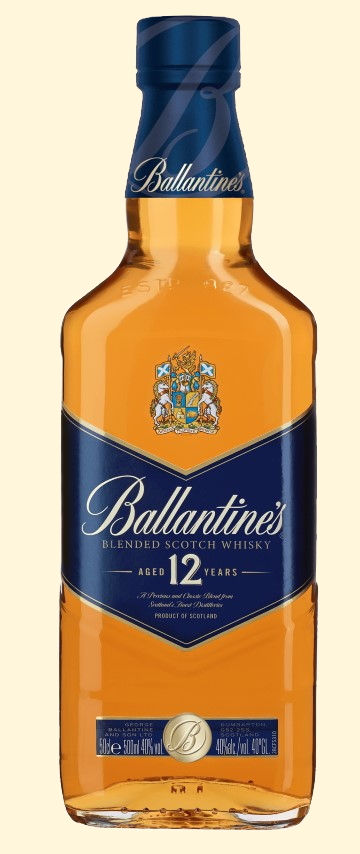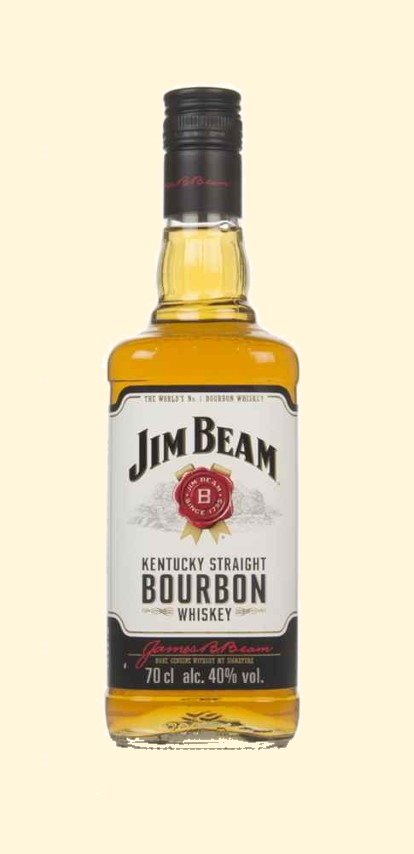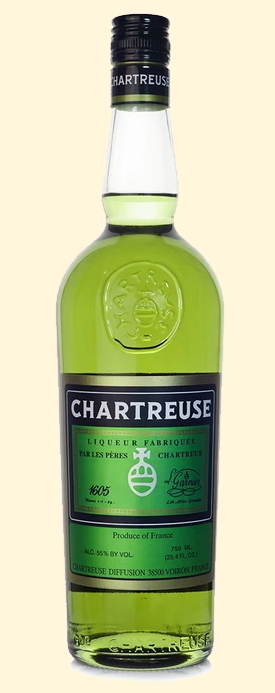This page: Alka Seltzer - Contrex
Alka Seltzer
This wellknown remedy was born in 1928 from a meeting of a journalist, Tom Keene, editor-in-chief of the Elkhart Truth and Hub Beardsley, manager of Miles Laboratories. Keene pretended that he could prevent catching a cold by drinking a mixture of aspirine and bicarbonate. Beardsley figured that Keene might have something there and that it wouldn't hurt to develop a medication based on this "recipe". So Miles Laboratories produced Alka Seltzer as an alternative to aspirine.
Alka Seltzer contains alcaline, which calms stomach burn, and makes bubbles, which makes it refreshing and suggests to help digesting.
Alca(line) + bubbles (as in Seltzer water) = Alka Seltzer.
Funny that Alka Seltzer is the first item on this list, no? Normally the Alka Seltzer comes AFTER the booze. As long as you remember that it's the last thing one should take BEFORE going to bed after a night out!
Bacardi
In 1862, Don Bacardi invented white Rum in Santiago de Cuba. Don Bacardi had been born in Valencia, Spain. Why the bat, Bacardi's symbol? The bat was the logo of the city of Valencia and of John the First of Aragon. Before a battle with the Maures that he would go on to win, John had seen a bat sit on his warhelmet.
Ok, so this poster does not remind you of a bat sitting on somebody's helmet. Then why did they put a beer in the batman's hand? The designer had one Bacardi too many?
(hint: search "Vintage Bacardi posters")
Badoit
In the early 19th century, running water hadn't yet been "invented". So drinking water was sold and delivered to your doorstep in huge vats carried by waterporters. These vats were of course rather heavy to slug around. A certain Mr Badoit revolutionized the business by bottling water. He was the first to deliver water in glass bottles. Among the various kinds of water, the best naturally sparkling water sold in Paris this way came from the region of Saint-Galmier, Loire. With the appearance of running water in every house at the turn of the century, bottled water fell out of favour (or necessity). But when bottled water became a household item again in the 1960s, the bottlers of Saint Galmier water decided to label their product "Badoit" in honor of the man who invented the bottling of water and thus allowed them to bottle and prosper.
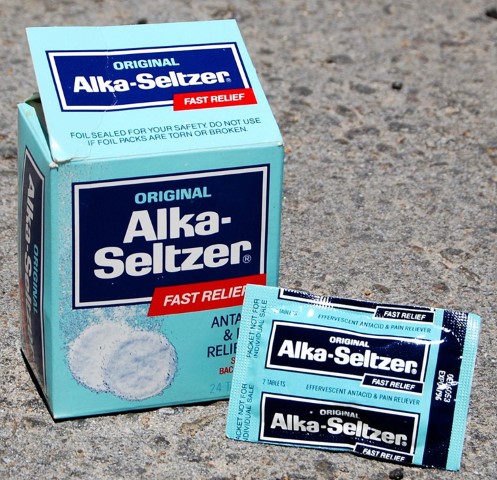
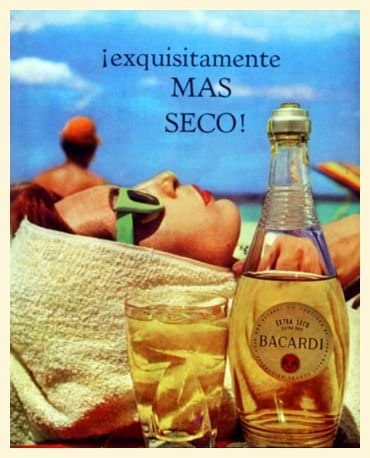
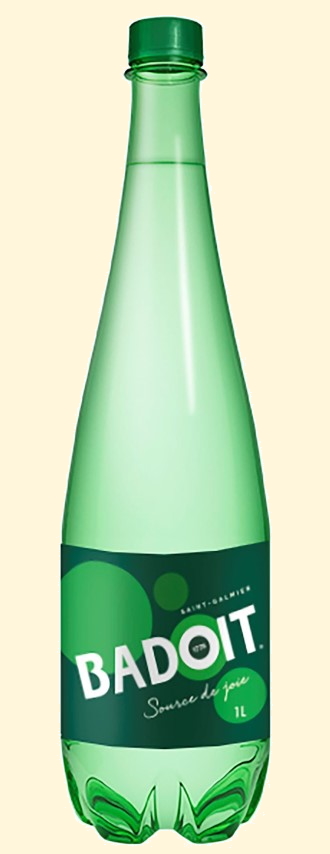
Ballantine's
Was founded by George Ballantine, hence the name, in Dumbarron, Scotland, in 1827. Famous not only for its taste but also for the distillery's guardians - a flock of geese.
Why the guardian geese? Judging by this Ballantine decanter, the geese were needed to watch the still while the gander was playing with his Ball antines.
Bourbon
American whisky was first distilled in the Bourbon county in Kentucky and American whiskies have been Bourbons ever since. Bourbon county got its name from a native of Bourbon-Archambaut in the Allier department in France.
Budweiser
In 1876, Anheuser Busch, today the world's largest brewery, was looking for a name for its new lager. Since the name Pilsen was already taken, Adolphe Busch remembered that the Royal Bohemian Brewery was located in Budweis and thus was born Budweiser lager. Later, when Busch started to produce a more malty beer, the company used the same trick and called this one Michelob, by the name of another famous brewing city in Bohemia. The "funny" bit is that the Czechs had to get an agreement from Anheuser Busch to allow them to sell their own Budweiser beer as Budweiser Budwar.
The can, left image, is the typical Bud can; the right picture shows the Czech Bud.
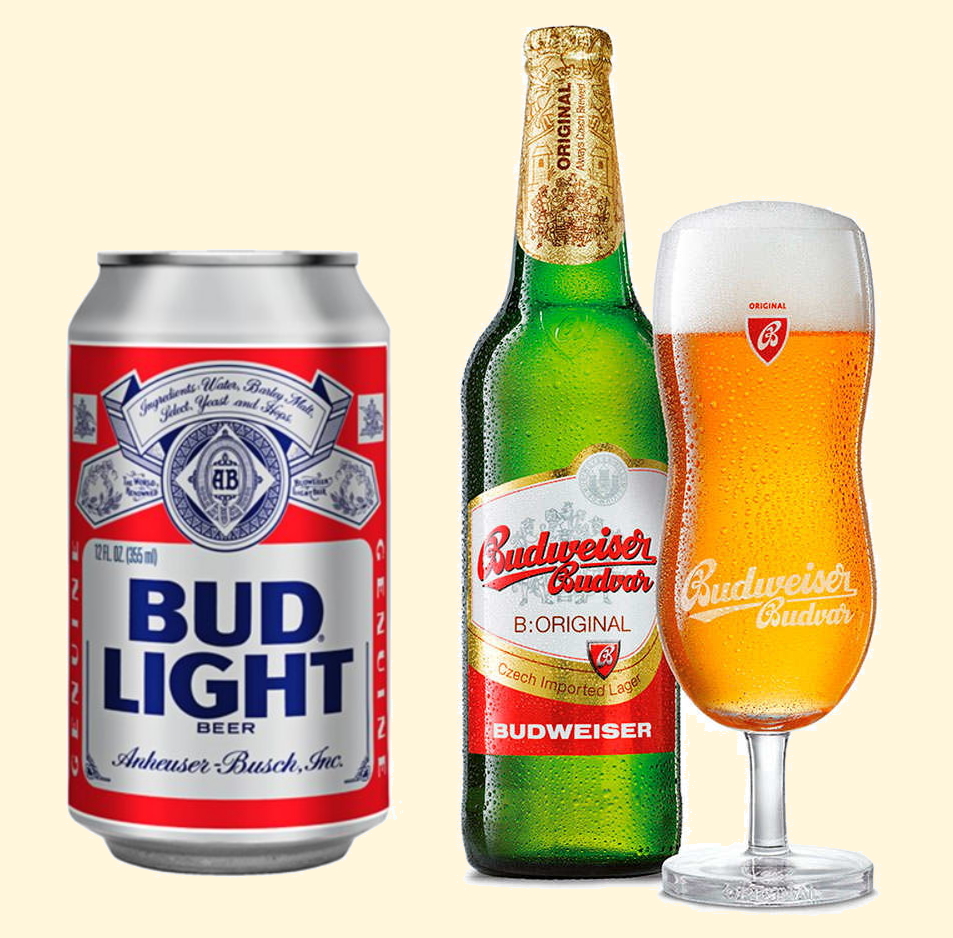
Campari
In Milano's famous Galeria Victor Emmanuel II (visit this place; it beats any mall, supermarket or shopping gallery you've ever seen), Mr Gaspare Campari owned the "Caffé Campari" where Milan's rich and famous met. Mr Campari was a passionate distiller and in 1860, he created a bitter that was immediately liked and adopted by his patrons. Around 1910, his descendants started to export the drink and it's become a household name since.
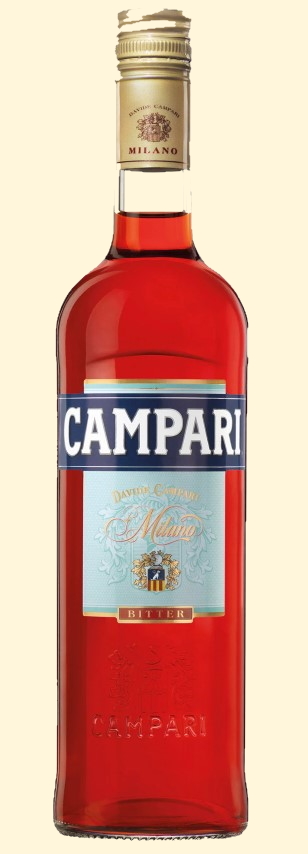
Canard-Duchêne
This champagne got its name from its founder parents, Mr Canard and Mrs Duchêne. But what made it famous outside its quality was a misunderstanding persisting to this day. This champagne was the official bubbly of the Imperial Russian Court. Its label featured a two-headed eagle and two crossed sabres or swords. According to legend, the tsar's hussards decapitated champagne bottles with their sabres. Many people still today believe that this is a very cavalier way of opening a bottle. In fact, it's a sin to do this, especially with really nice champagne. The origin of "sabrer une bouteille" is down to a fool not listening carefully. One does not "sabre" a bottle, one does "sable" a bottle. "Sabler du champagne" is nothing but drinking it in one go. The word "sabler" comes from metal founders who would fill a mould in one go with liquid iron. (One serious word on "sabrer". When you see somebody get ready to open a bottle of champagne this way - stay away, behind somebody you don't like, move the children out of the way. Sometimes a bottle explodes because the sword didn't hit the cork right, or the glass broke at chipping contact between metal and glass, whatever, an exploding bottle is extremely dangerous.)
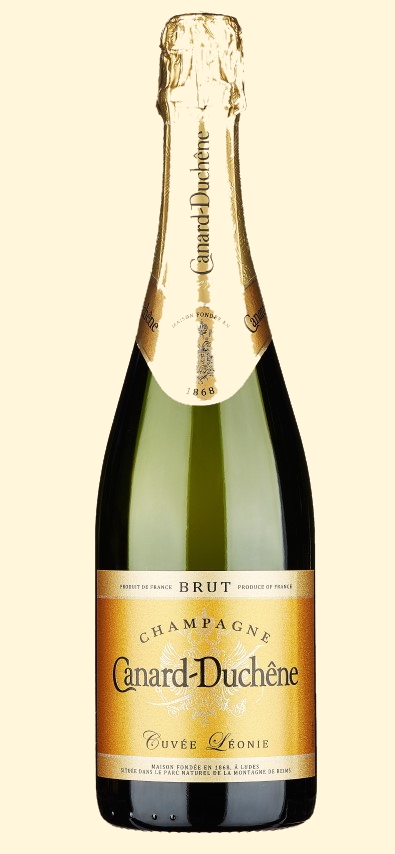
Carlsberg
Christen Jacobson was a Danish brewer. When his main beer which was simply called "Bavarian beer" became a big success in Denmark, he decided to build a new brewery in Copenhagen in 1847 and figured he might as well give it a proper name. So he took his son's first name, Carl, and added "berg" to commemorate his favourite Danish hill, the Berg of Valby.
Chartreuse
In 1083, Saint Bruno founded an order of monks near Grenoble at a place named "Grande Chartreuse", the origin of the order of the Chartreux. In the 17th century, the monks created a brew aimed at prolonging life and made of more than 130 plants and herbs. This became the liquor from "Grande-Chartreuse".
Cinzano
The oldest Italian vermouth got its name in 1757 from the founders of a distillery near Pecetto, a northern Italian town. The owners' names were Carlo and Giovanni Cinzano.
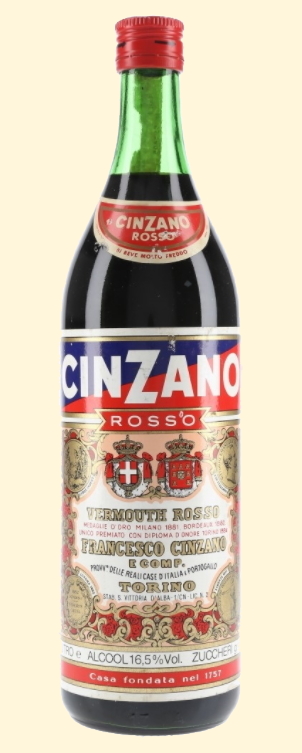
Coca Cola
In the last quarter of the 19th century, the upper classes discovered a medicine that seemed to help them make life more interesting, cocaïne. The most common way to absorb this medication was as a drink. Most famous was the winery that bottled "French Cola wine" and from the Pope through all royal courts and political parties to Freud, who became heavily addicted to cocaïne and whose work should be very critically considered from this aspect, everybody enjoyed a good "coke". After all, the drink was considered, very legally, a medical potion. Based on this drink, the pharmacist John Pemberton in Atlanta concocted a stimulant based on coca leaves and cola nuts, hence Pemberton's name for the drink, Coca Cola. Pemberton figured that those not interested in medicine, but looking for refreshment, would enjoy the medicine dissolved in water. The drink didn't really take off until one day, his chemist thought to replace the flat water by Seltzer. Pharmacists seemed keen on Seltzer (see Alka Seltzer). The drink became a success. The pharmacy's accountant, Frank Robinson, who kept the drink's sales books, headed the columns with the name Coca Cola written in calligraphy. In 1886, Pemberton wanted to give his drink a distinctive logo and found that his accountant's way of writing the product's name was just what he wanted. Then, on one strange day, Pemberton sold his company, its product and the secret formula for a very modest sum to his friend Candler who immediately deposited the brand with the patent office. Pemberton must have rued the day when he later had to watch his friend become a millionaire, a story not unlike McDonald's. At this time, the public still had a choice of coca drinks, of which the Koke Company of America was the biggest seller. The drink was first bottled in 1894. The famous bottle was not created to be sexually suggestive, but the bottles had a nasty habit of exploding when trucked around in the sun and so had been developped to withstand warm high-pressure environments. For obvious reasons, the public called all these drinks "koke". Candler, knowing how patents work and that copyright does not always protect the creator, hastened to deposit the name "coke" to his company. During the ensuing battle for rights, the supreme court of the US attributed the name to Candler's company, although the judges had mixed feelings about the use of the name, since by this time, cocaïne had been recognized as an addiction-forming drug and not a medication anymore. At that time, the drink still contained minute traces of the drug, these had to be eliminated and Candler was more than glad to oblige. But aware of possible negative connotations, the company waited until 1941 to put the name "Coke" on the bottle. Coke became the nation's favourite drink during prohibition and it might have helped its cause later on when during World War II, coke became a more or less acknowledged stimulans for soldiers under stress, especially aviators. The same war also was Coke's biggest advertising ever, since with the advancement of American troops, Coke was brought to all corners of the globe, along with chewing-gum. Coca-Cola appeared first in Europe in the mid 30s as a special and exotic drink before it became European's favourite after WWII.
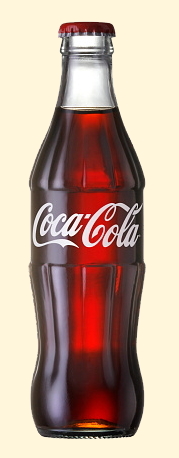
Contrex
It used to be the name of the table water from the region around Contrexéville. When the company went to bottling the water in plastic in 1970, they shortened the name to Contrex. Simple as that.




